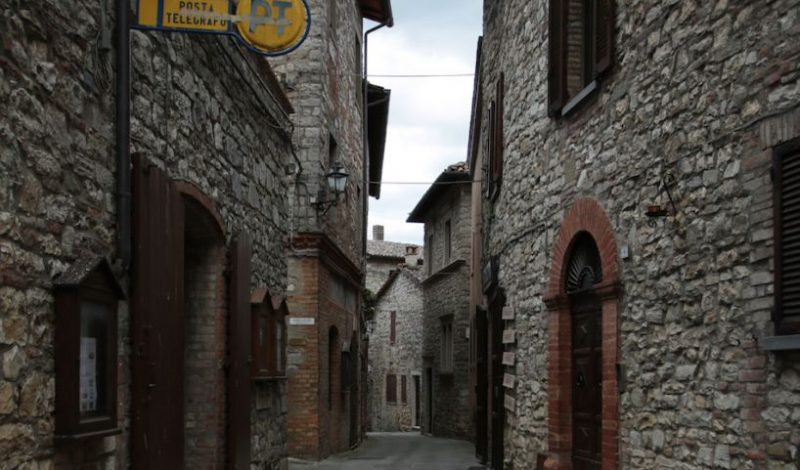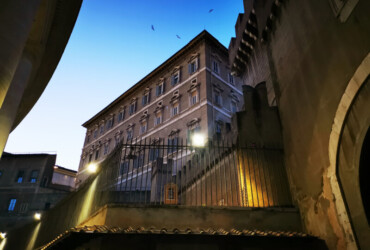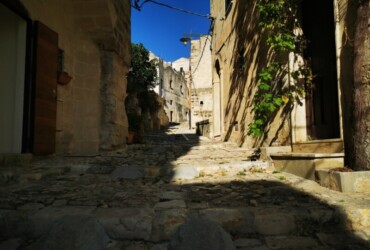Between June and July (2018) I travelled a lot to discover Umbria, discovering several villages that I did not know before. What surely struck me most is the small town of Monte Castello di Vibio, where I went on some friends’ advice.
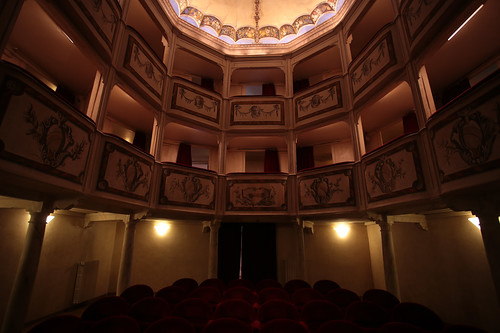 Why did I get here? First of all, to visit the Teatro della Concordia considered the smallest theatre (in “Italian style”) in the world. The theatre was built in 1808, after the nomination of Monte Castello di Vibio to “capocantone”, because nine wealthy families of the town wanted to increase the prestige of the country itself. The theatre was inaugurated at the beginning of the 19th century and is built entirely of wood (oak and oak), with two tiers of boxes that can accommodate 62 people. There are another 37 seats in the stalls, which bring the number of seats to 99 seats: these are just a few places to make it unique and “the smallest Italian theatre in the world”. Today it is owned by the municipality and events are organised there. Managed by the “Society of the Theater of Concordia” Association, it is possible to visit it through guided tours for which the association asked a contribution of 5 euros per person.
Why did I get here? First of all, to visit the Teatro della Concordia considered the smallest theatre (in “Italian style”) in the world. The theatre was built in 1808, after the nomination of Monte Castello di Vibio to “capocantone”, because nine wealthy families of the town wanted to increase the prestige of the country itself. The theatre was inaugurated at the beginning of the 19th century and is built entirely of wood (oak and oak), with two tiers of boxes that can accommodate 62 people. There are another 37 seats in the stalls, which bring the number of seats to 99 seats: these are just a few places to make it unique and “the smallest Italian theatre in the world”. Today it is owned by the municipality and events are organised there. Managed by the “Society of the Theater of Concordia” Association, it is possible to visit it through guided tours for which the association asked a contribution of 5 euros per person.
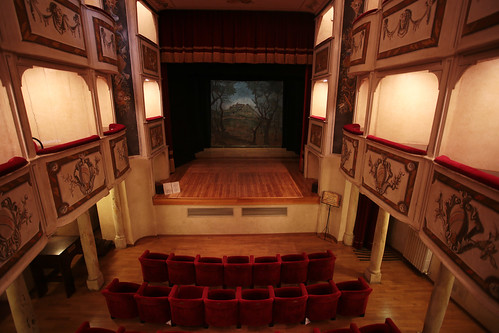 From April to October it is only open on Saturdays, Sundays and public holidays from 10:00 to 12:30 and from 16:00 to 18:30; from November to March open only in the afternoon (also on Saturdays, Sundays and holidays) from 15:00 to 17:30. In July and August, it is also open from Monday to Friday (in July from 10:00 to 12:30 and in August from 10:00 to 12:30 and from 16:00 to 18:30). In September and October, there are special openings from Monday to Friday from 10:00 to 12:30 (to find out the dates you need to contact the tourist reception office, located behind the theatre).
From April to October it is only open on Saturdays, Sundays and public holidays from 10:00 to 12:30 and from 16:00 to 18:30; from November to March open only in the afternoon (also on Saturdays, Sundays and holidays) from 15:00 to 17:30. In July and August, it is also open from Monday to Friday (in July from 10:00 to 12:30 and in August from 10:00 to 12:30 and from 16:00 to 18:30). In September and October, there are special openings from Monday to Friday from 10:00 to 12:30 (to find out the dates you need to contact the tourist reception office, located behind the theatre).
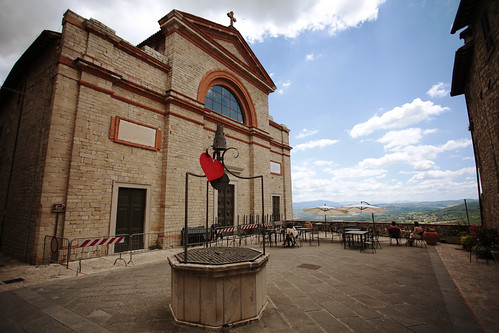 For all information, you can visit the official website of the theatre (unfortunately only in italian). The village, with its stone houses (the ones that I always like so much), is tiny and to turn it all takes very little time, but the theatre isn’t the only point of interest in town (although, probably, is the most important and known). The Church of Saints Philip and James, built in the nineteenth century, is located in Piazza Vittorio Emanuele II. Today’s building was rebuilt where the church was demolished a short time before. Inside there is a fresco depicting the Virgin with Child and St. Charles Borromeo (nicknamed Madonna dei Portenti because of the thaumaturgical virtues attributed to her).
For all information, you can visit the official website of the theatre (unfortunately only in italian). The village, with its stone houses (the ones that I always like so much), is tiny and to turn it all takes very little time, but the theatre isn’t the only point of interest in town (although, probably, is the most important and known). The Church of Saints Philip and James, built in the nineteenth century, is located in Piazza Vittorio Emanuele II. Today’s building was rebuilt where the church was demolished a short time before. Inside there is a fresco depicting the Virgin with Child and St. Charles Borromeo (nicknamed Madonna dei Portenti because of the thaumaturgical virtues attributed to her).
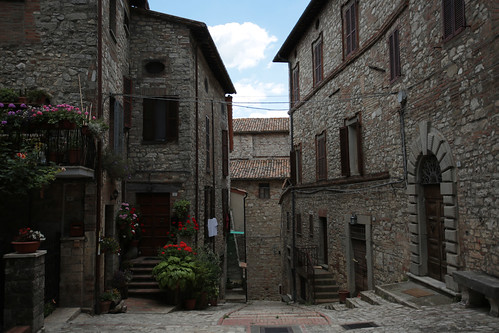 The square overlooked by the church seems to be the main square of the historic city centre, there is a small bar with tables outside, and the view of the valley is wonderful. Of the many (ancient) city gates, the recently restored “Porta di Maggio” is the door that bears witness to the great past of the small town. Finally, there is the small Church of Santa Illuminata, built on a small pre-existing church. This church was completed in 1839 (part of the funds came directly from the Holy See because in the beginning, the church was to be built in Rome). On the site montecastellodivibio.gov.it, you can find much useful information about the small village: points of interest, information of various kinds and the events that will be held in the city.
The square overlooked by the church seems to be the main square of the historic city centre, there is a small bar with tables outside, and the view of the valley is wonderful. Of the many (ancient) city gates, the recently restored “Porta di Maggio” is the door that bears witness to the great past of the small town. Finally, there is the small Church of Santa Illuminata, built on a small pre-existing church. This church was completed in 1839 (part of the funds came directly from the Holy See because in the beginning, the church was to be built in Rome). On the site montecastellodivibio.gov.it, you can find much useful information about the small village: points of interest, information of various kinds and the events that will be held in the city.
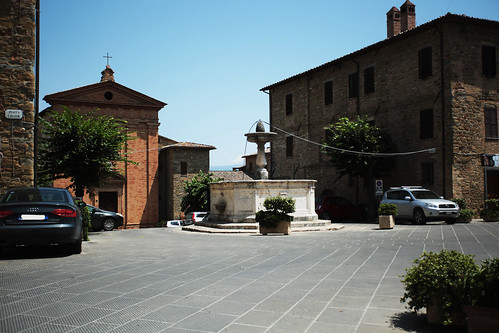 If you are fond of this kind of villages, always in Umbria I recommend a walk in Bettona (still in the province of Perugia). The town is of Etruscan origin, but today’s appearance is from the Middle Ages. The historic centre is defended by the medieval walls dating back to the thirteenth and fourteenth centuries, resting on what were the walls of Etruscan times. The church of San Crispolto is one of the oldest monuments of the village, built in the thirteenth century by Benedictine monks (to preserve the body of the first bishop and martyr of Umbria, patron of Bettona). Of the original plant, in Romanesque style, only the bell tower remains.
If you are fond of this kind of villages, always in Umbria I recommend a walk in Bettona (still in the province of Perugia). The town is of Etruscan origin, but today’s appearance is from the Middle Ages. The historic centre is defended by the medieval walls dating back to the thirteenth and fourteenth centuries, resting on what were the walls of Etruscan times. The church of San Crispolto is one of the oldest monuments of the village, built in the thirteenth century by Benedictine monks (to preserve the body of the first bishop and martyr of Umbria, patron of Bettona). Of the original plant, in Romanesque style, only the bell tower remains.
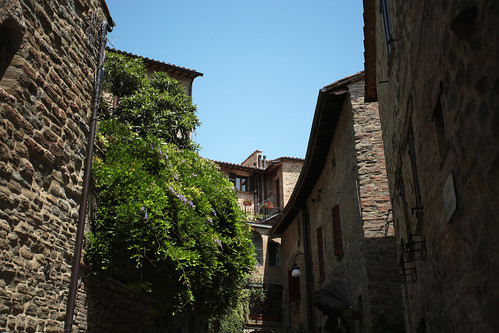 The most important church of Bettona is the collegiate church of Santa Maria Maggiore, built at the dawn of Christianity, enlarged and re-consecrated in 1225 and restored between 1803 and 1816 in the form that you can see today. Beyond the religious architecture, to visit there are the palaces of the Podestà, built in 1371 and seat of the Municipal gallery; the Biancalana palace, from the first half of the nineteenth century and where the city’s archaeological museum will be housed. Finally, noteworthy is also Palazzo Baglioni, where Malatesta IV Baglioni died (his family was the owner of the village from the fifteenth to the seventeenth century). I found all the information about Bettona before my trip, on the website of “I Borghi più belli d’Italia“.
The most important church of Bettona is the collegiate church of Santa Maria Maggiore, built at the dawn of Christianity, enlarged and re-consecrated in 1225 and restored between 1803 and 1816 in the form that you can see today. Beyond the religious architecture, to visit there are the palaces of the Podestà, built in 1371 and seat of the Municipal gallery; the Biancalana palace, from the first half of the nineteenth century and where the city’s archaeological museum will be housed. Finally, noteworthy is also Palazzo Baglioni, where Malatesta IV Baglioni died (his family was the owner of the village from the fifteenth to the seventeenth century). I found all the information about Bettona before my trip, on the website of “I Borghi più belli d’Italia“.
Umbria: Monte Castello di Vibio and Bettona
